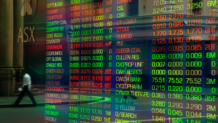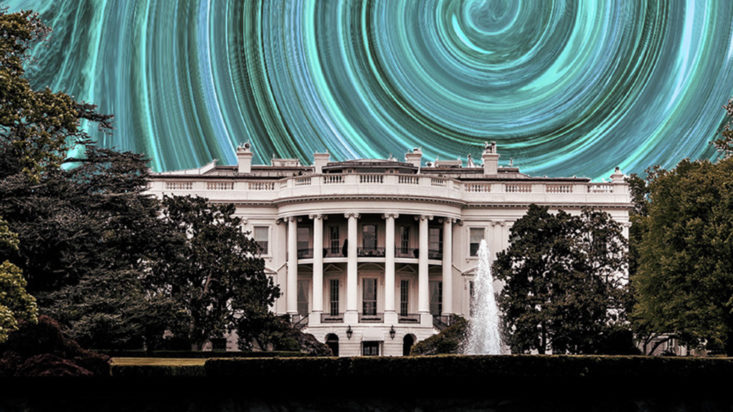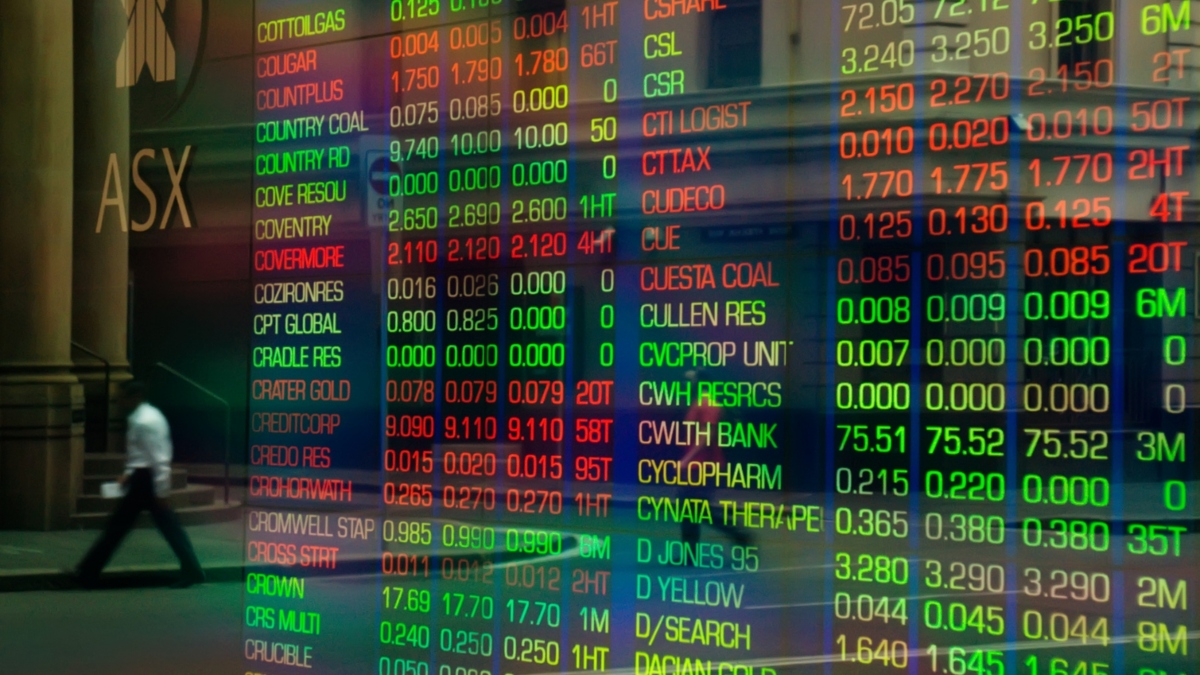The gathering storm
China’s bid for global power, climate change and the transition away from fossil fuels are three of the defining megatrends of our time. Collectively, they promise generational upheaval. But decades of peace and stability have left markets, politics, economies and societies complacent and vulnerable. It’s going to get bumpy.
Note: This article was written in late 2021, before the Russian invasion of Ukraine.
Oracle, Arizona, is home to Biosphere 2. This controlled environment, run by the state university, focuses on climate change research. Sealed glass spanning three acres houses a wide variety of plants. Shielded from the elements, the flora grows unnaturally fast. But this experiment revealed something unexpected. Starved of wind, the trees failed to develop the strength required to fully mature, instead collapsing under their own weight.
In the wild, that strength comes from ‘reaction wood’, which grows in response to physical stress. In Biosphere 2, no wind means no resilience.
For decades, financial markets, economies, politics and societies have evolved in their own controlled environment. Long-term megatrends have driven inflation, interest rates and volatility ever lower. In the absence of headwinds, debts and asset prices have grown too tall, too fast.
Like sheltered trees, markets can collapse under their own weight. At least as great a challenge, however, comes when a controlled environment ends.
In recent years, we have argued that this transition will bring higher volatility and inflation driven by factors including the return of big government, the politicisation of central banks, demographics, geopolitics and climate change. And now covid-19 is acting as an accelerant.
Yet the resulting ‘net zero’ agenda will itself increase upheaval for years to come, compounding the effects of geopolitical and natural risk.
Three powerful winds – China’s bid for global leadership; environmental volatility; and the energy transition – are picking up. And they are likely to unleash a series of storms, exposing a global lack of financial, political, economic, cultural and environmental resilience.
A more intense phase of Cold War II lies ahead. This will be driven partly by the perception of Western – and particularly American – weakness, with the chaotic retreat from Afghanistan and domestic political unrest fuelling perceptions of decadent decline.
For China and other revisionist states, this is an invitation to probe the boundaries of the post-Cold War order. An arms race is developing in Asia, with Taiwan remaining the most likely flashpoint to turn the new Cold War hot between Great Powers. Rapid advances in weapons systems herald a new and more avalanche-prone geopolitical era. Hot conflict elsewhere, most likely between Russia and Ukraine or Israel and Iran may prove irresistible opportunities for Beijing to probe Western strength in Asia.
A full invasion of Taiwan remains unlikely for now given America’s influence on the global trade and payment system via the US dollar. This is why China is accelerating attempts to create an alternative currency sphere, with their digital yuan (eCNY).
Beyond its revisionist geopolitical ambitions, historic shifts within China will export upheaval. Its collapsing demographic profile and faltering economic growth model mean the years ahead are likely to be both more volatile and inflation-prone. President Xi’s attempt to consolidate the power of the Communist Party has already delivered huge shocks to investors. Yet China is trying to draw in further foreign capital to aid CCP objectives. Given the increasingly antagonistic relationship between China and the West, a more aggressive capital conflict – over where capital flows and what it is used for – looks inevitable. And just like investors, businesses are soon going to have to choose sides in this global struggle.
Hot & Bothered
While the political climate heads for a deep freeze, the planet is heating up. Unfortunately, history indicates that climatic disruption typically catalyses or supercharges upheaval rather than mollifying it. The 17th century, for example, saw climatic upheaval accentuate other sources of disorder, creating a ‘global crisis’ in the words of historian Geoffrey Parker. Despite our technological advances, we will not be immune to the pressures on commodities – and in particular food – caused by environmental factors.
(IM)BALANCE OF POWER
Rising physical pressure from climate change is one growing source of volatility; mankind’s response to it another entirely. All economic activity is transformed energy, and the policy consensus now holds that burning fossil fuels to source that energy is responsible for increased natural risk.
Yet the resulting ‘net zero’ agenda will itself increase upheaval for years to come, compounding the effects of geopolitical and natural risk. Put simply, policymakers have decided to shut off the fossil fuel-based energy system before the new renewables-based system is ready. The inevitable result will be massive energy price volatility and huge political backlash.
Net Zero will simultaneously empower hydrocarbon-exporting states – the likes of Russia, Saudi Arabia and Iran – in the short-to-medium term via higher fossil fuel prices and an unprepared West.
PROFIT AND PERIL
Financial markets represent investors’ competitive visions of an inherently uncertain future. Biosphere 2 may be in Oracle, but you don’t need to be a Delphic Sibyl to discern some features of the road ahead. In geopolitics, the environment and energy markets, long-term volatility is picking up, and it’s eminently investable.
These compound factors will drive higher defence spending, buying defence stocks. They will accelerate plans for the energy transition – good news for strategic metals, their miners and energy storage, while the need for secure, reliable baseload power is likely to see nuclear given another chance: bullish for uranium.
But the politicisation of capital will also offer profitable opportunities to invest in the uninvestable. Vice, in the shape of integrated energy companies with high cash flows and growing renewables divisions, could pay handsomely. In a more insecure and inflationary world of capital wars, gold is likely to reassert its traditional role as a hedge. Meanwhile rapid global ageing mean heath and social care are long-term growth industries, just as automation will continue to be.
Above all, active management and thoughtful tail-hedging will be essential to maintain resilience in this era of greater volatility.
NEMESIS
In classical mythology, Nemesis was the goddess who meted out retribution to those who had demonstrated hubris before the gods. Recent decades of peace and stability fostered hubris. Now, Nemesis is starting to make her house calls.
For the complacent West, Nemesis now appears as domestic fragmentation and Xi’s China – both repudiating Western ‘End of History’ delusions.
For the complacent East, Nemesis is arriving demographically via the one child policy and politically via one man rule. Both are incubating succession crises and Beijing could go for broke as time starts to run against it.
For markets, the lack of real-world turbulence in recent decades has seen financial capital grow unnaturally fast. But this has been at the expense of resilience, from the natural world to national security; from the social contract to China-centric supply chains. Now, the winds are picking up.
The road ahead will be defined not only by greater volatility, but also by the need to restore resilience by rebuilding non-financial forms of capital. Institutions, ideas and portfolios conditioned by a generation of windless calm are on borrowed time. But those rich in reaction wood and the capacity for renewal will find the winds at their back.
Written by
ALEXANDER CHARTRES
Investment Director











